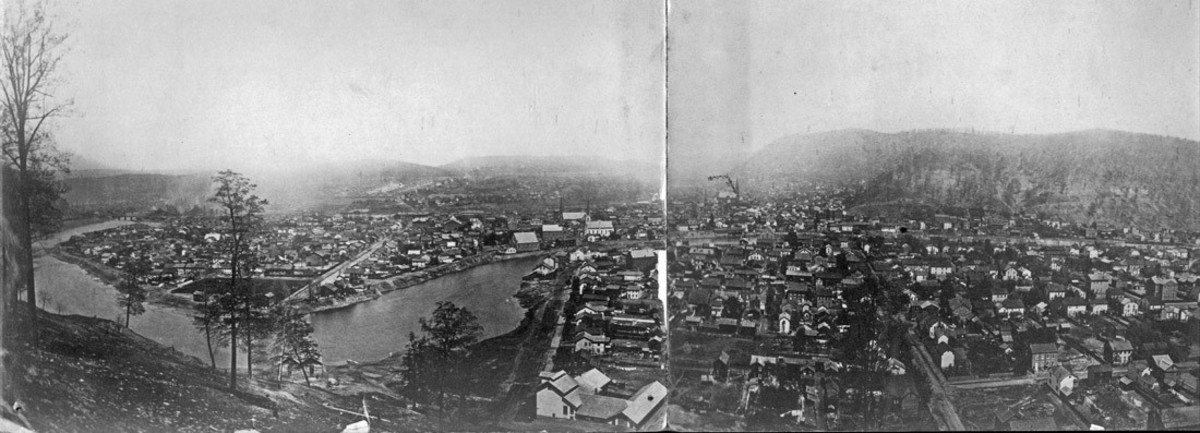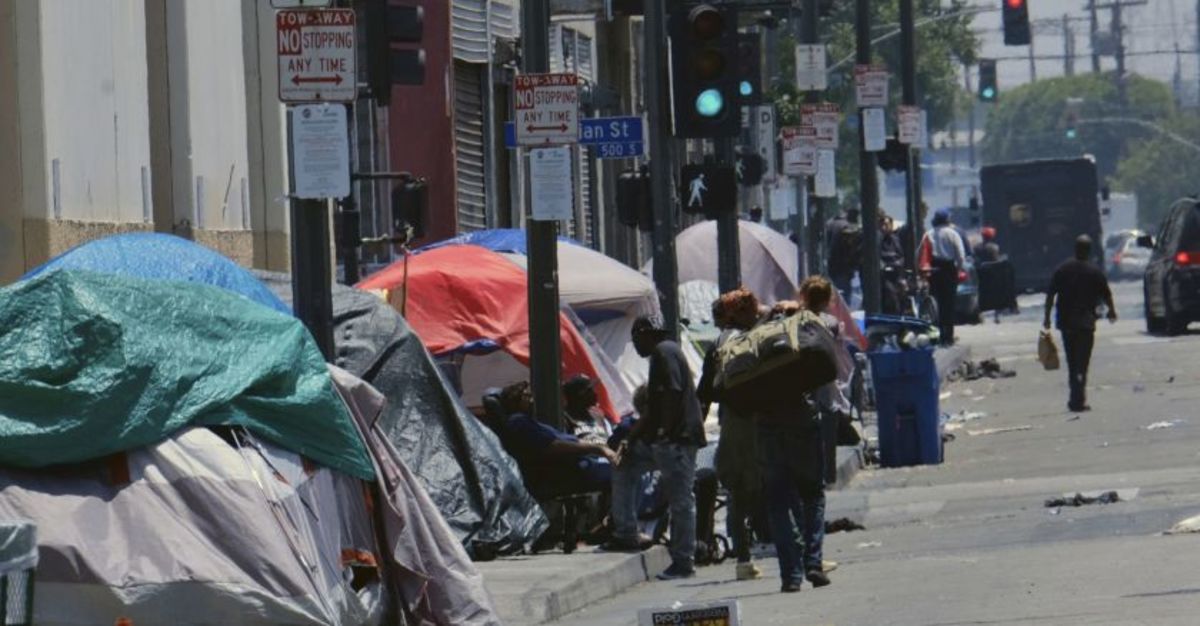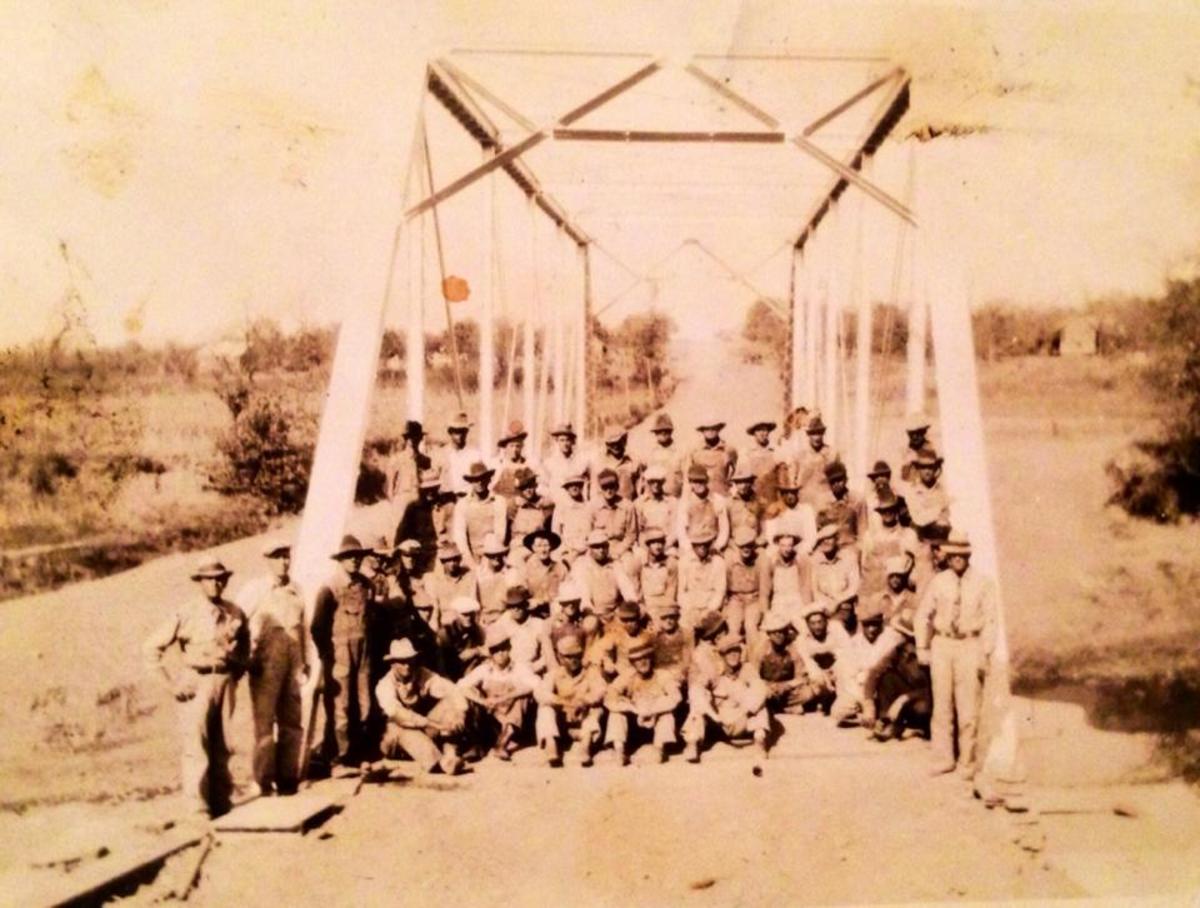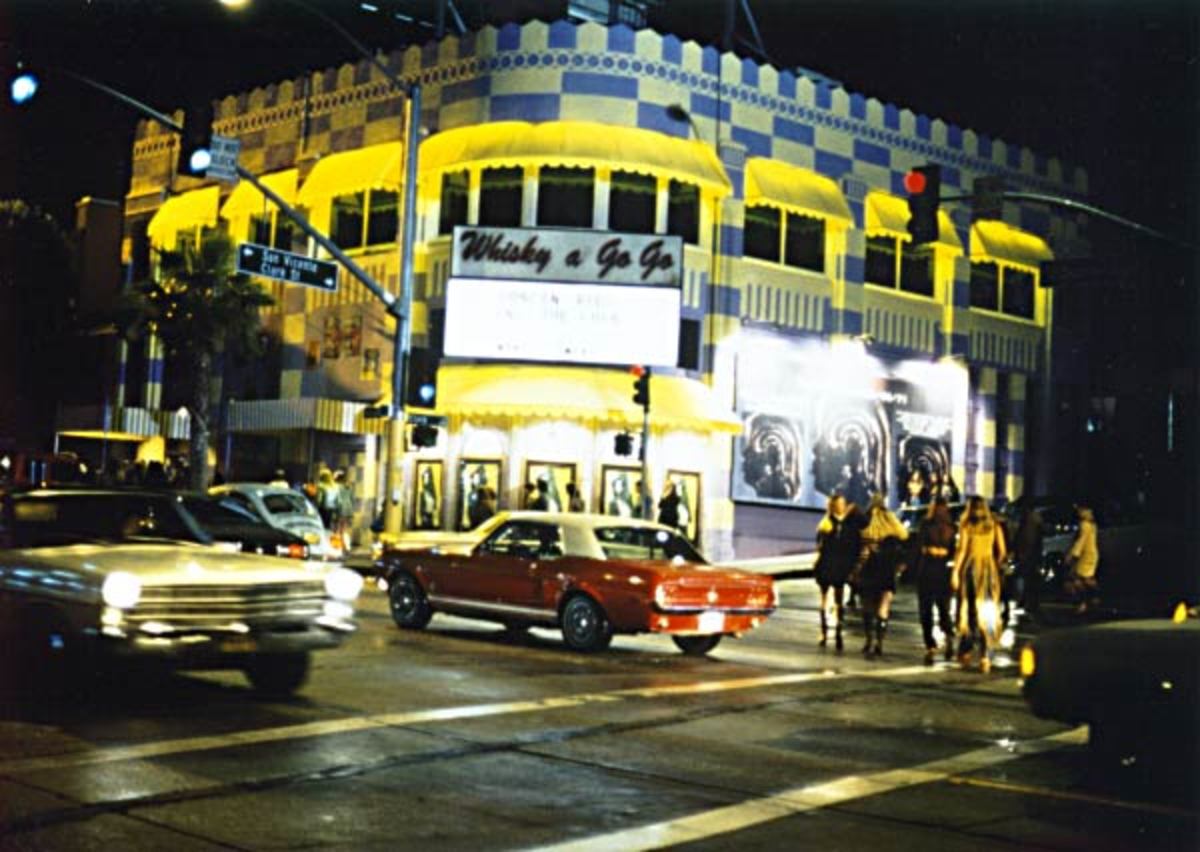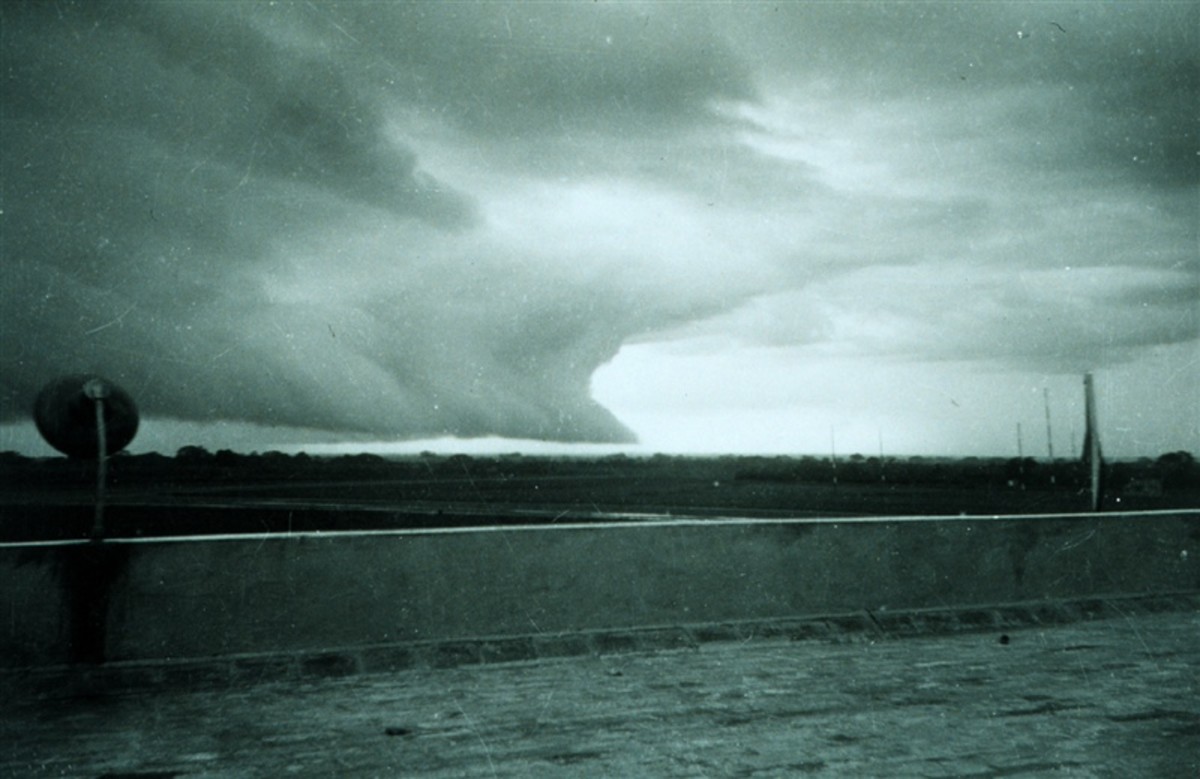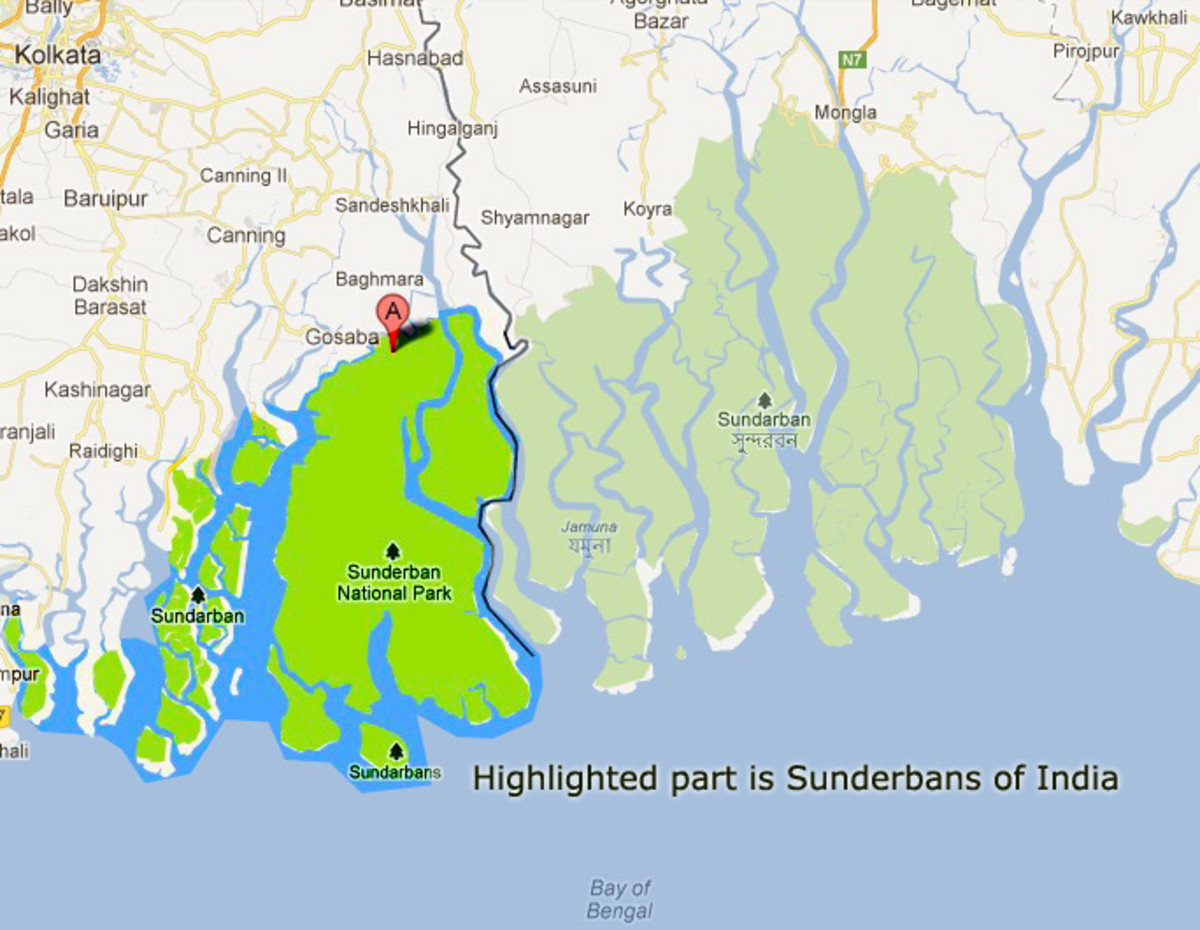Controlling Nature?
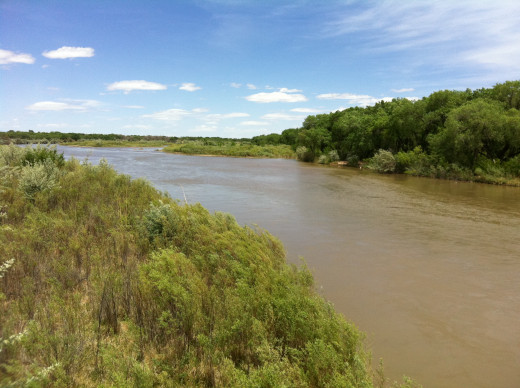
Since the formation of Earth, things evolved without limits, without purpose, and naturally; however, human beings have greatly altered the natural course of the Earth’s environment. Although human beings have not existed on Earth very long, the progress of human existence transformed Earth’s natural resources into a source of survival. Other species, such as plants and a variety of animals, are used for the benefit of human beings and many are not being replenished as they should. The Control of Nature underlines some situations taking place in the United States where nature is trying to be controlled, such as the Mississippi River and in Los Angeles; however, “Whenever you try to control nature, you’ve got one strike against you” (13). The force and power of nature is incredible, and seemingly limitless. What does controlling nature mean?
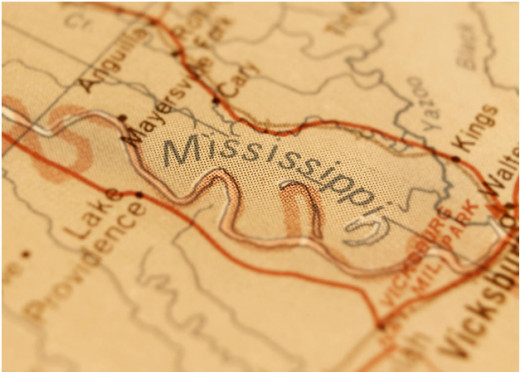
The Mississippi River is one of the longest rivers in the world and also puts out one of the largest volumes of water; however, the truth behind the power may lie in the AtchafalayaRiver, also known as OldRiver. This unfamiliar river is in many ways a much stronger guide for water than the Mississippi. Combined, the Mississippi River and the AtchafalayaRiver have flooded and receded in southern America since the beginning of time. As people began to inhabit the region it became apparent that the unpredictability of the two rivers had to be controlled. A series of levees were installed along the banks of both rivers in the hope to contain the water; however, “the levee system was still a patchwork effort”(37). During many different rainy seasons the levees would fail and break in some areas causing massive flooding. The flooding is the why the U.S. Army Corps of Engineers decided to build a dam in its path. “If people were to farm successfully in the rich loams of the natural levees—or anywhere nearby—they could not allow the Mississippi to continue in its natural state” (32). The dam was positioned on the Atchafalaya near the place where it separates from the Mississippi. Some believe, “If we had not interrupted it, the main river would now be the Atchafalaya”(24). But fate certainly changed this belief.
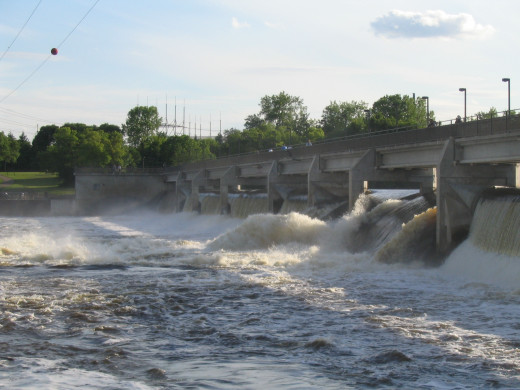
Hub on another chapter from "The Control of Nature"
- Cooling the Lava: The Battle to Save Heimaey
Read about the terrifying ordeal of waking up to an active volcano erupting just outside your front door and how a town was sacrificed.
If there was any success in controlling nature by building the dam it was short-lived. People instantly complained that the dam withheld too much water or that there was too much water coming from it. In addition, the dam did not stop all major flooding and could be a catalyst for larger flooding to occur. In the 1973 flooding, the dam was “absorbing shock of the sort that could bring down a skyscraper, continued to shake”(48). This event went to the extent of actually breaking a piece of the dam off. Afterward, it was obvious that, “The flood proved that control of the Mississippi was as much a hope for the future as control of the Mississippi had ever been”(47). Later, a new control structure was built to reinforce the old one. Although the dam had not broken apart complete, the flooding proved that controlling nature would be harder than it appeared to be.
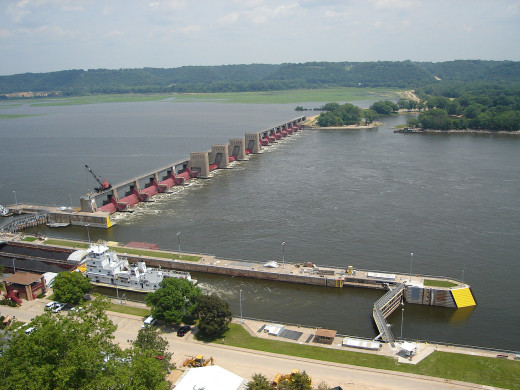
Hub on How to Write Scientific Papers
- How to Write a Scientific Paper
Outlines good practices while writing college essays for sciences courses or scientific papers for publication.
Additionally, the levees that were put in place to help stop severe flooding became a nuisance. “The levees were helping to aggravate the problem they were meant to solve. With walls alone, one could only build an absurdly elevated aqueduct. Resistance times the resistance distance amplified the force of nature”(43). This quote explains the frustration the levees created. As the levees aged they had to be built higher because they tended to sink into the earth. Their growth was at one point recalled as, “like cancer, because they had to keep growing while they sank into the swamp” (74). The levee problems became even more apparent when cities began to be flooded when the levees filled and ruptured. Cities, such as New Orleans and Morgan city, were vulnerable to such flooding because they were built with levee systems encircling most of the city, when these levees broke the whole city would be left underwater for months at a time.
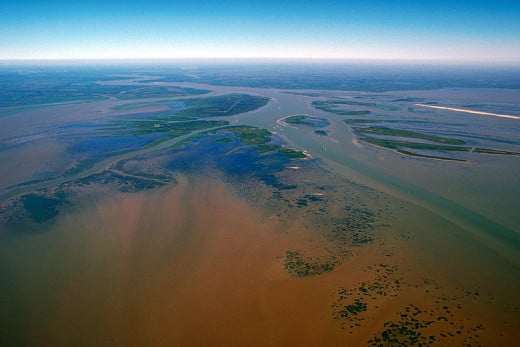
The flooding of areas along the Mississippi and Atchafalaya is not probable, it is certain; however, many in the area believe, “a community can have a right to exist—to rise, expand, and prosper—in the middle of one of the most theatrically inundated floodplains in the world”(83). This mentality is obvious when one considers the population of the area and all the flooding events that have happened in the past. Still, others look upon the control of the flood waters as:
“Atchafalaya. The word will now come to mind more or less in echo of any struggle against natural forces—heroic or venal, rash or well advised—when human beings conscript themselves to fight against the earth, to take what is not give, to rout the destroying enemy, to surround the base of Mt. Olympus demanding and expecting the surrender of the gods” (69).
The opinion one has about the controlling of flood water may be the definition of controlling nature.
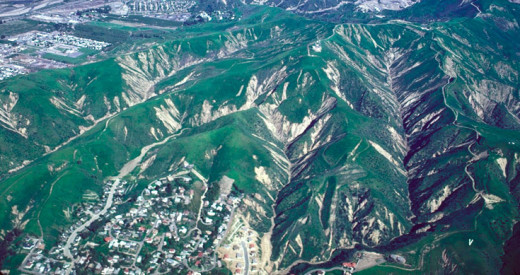
Similarly, Los Angeles County is persistently trying to control nature in the form of debris flows. Debris flows are described as resembling “fresh concrete” (185). They begin many months, or even years, before they actually take place. A debris flow starts with a fire in the San Gabriel Mountains. This fire fuels the debris flows because it makes the soil “waterproof,” allowing rainwater to quickly run atop the soil and down the mountainside. Consequently, a large amount of rain is needed to attain the volume of a usual debris flow; however, “Los Angeles is one of the least-rained upon places in the Western Hemisphere… Erosion by dry ravel greatly exceeds erosion by water” (214). The absence of large rainfall for years gives residents here a sense of security and masks the huge potential for debris flows. When the rain finally does come to Los AngelesCounty, the destruction is disastrous.
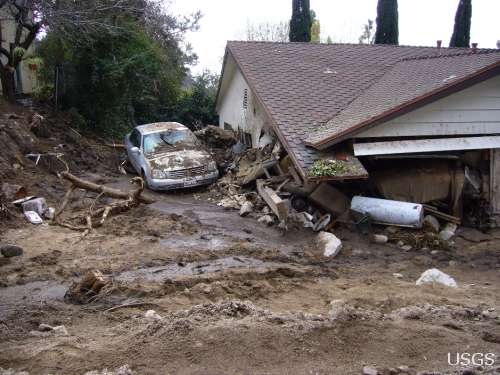
More Hubs on Science
- Do You Know What Else Crude Oil Makes?
If the first thing you think of when you think crude oil is gasoline for your car, you might want to consider that crude oil is a crucial component in making these far more essential products. Simply reading the paragraph titles will give you a bette - You Are Currently Moving at about 1,000 mph!
- Ever Wonder What is in the Air We Breathe?
The air you breathe makes a difference. - Do You Know What Peak Oil Is? If Not, You Should
For many decades, there has appeared to be an unlimited supply of oil but, like all good things, its time will come to an end. - Climate During and After the Native American Migration to North America
See how Native Americans migrated through the Bering Strait to the Americas several thousand years ago. - Predicting Future Sea-Level Change
Predicting future sea-level change by looking at ways present sea-level is monitored. Understanding and predicting future sea-level change is important because Earth’s climate is also changing. - Indigenous Paleosols on the Jicarilla Apache Reservation
A scientific study on soils in northern New Mexico.
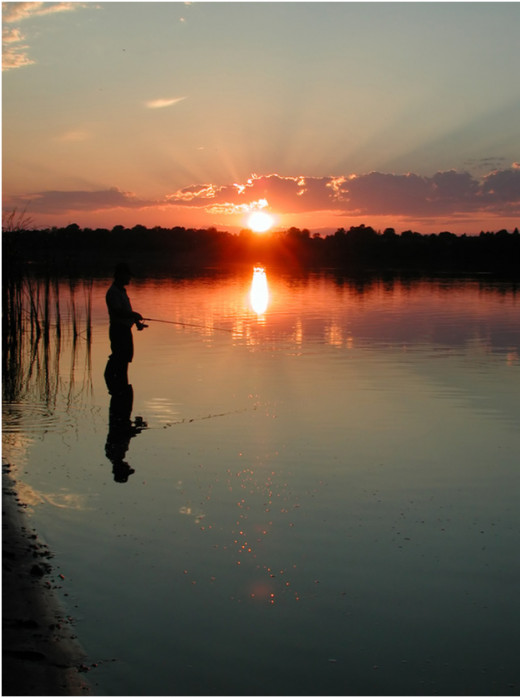
Los Angeles County made a whole division devoted to the prevention of debris flow disasters. It is called the Los Angeles County Flood Control District, or Flood for short. Flood is largely responsible for the building and maintaining of basins along the debris flow prone hills and mountains of Los AngelesCounty. Debris basins are like large ditches or holes meant to trap the debris before it can destroy any houses or harm people; however, these structures have been known to overflow. When this happens the debris continues flowing down the hill. In addition, “A debris basin that serves well in one year may not be adequate in another” (244). The maintaining of debris basins is costly because they need to be emptied soon after the debris flow takes place. Some people even say, “the debris basins [are] less as defenses than as assaults on nature” (246). This view takes an environmental opinion that they disrupt the natural growth of plants and location of animals; however, “To date, the debris basins have trapped twenty million tons of mountain” (266). This is twenty million tons of debris that could have flowed into someone’s home, car, or even family. What ever the view is on debris basins they help by allowing time for people to get out of the way.
One may wonder why people continue to live in such a catastrophic place, especially because it is a widely known fact that “Against debris flow and all other kinds of flood eight per cent of the mountain-front people have no insurance at all” (249). The answer lies in the saying, “Los Angeles did not spread out like a blooming flower, or grow from a center, like continental ice. It grew all at once all over the plain” (242). Settlers of the past chose to live in Los Angeles for its natural beauty. Residents today still long for its enchanting views. Some say, “they would rather defy nature than live without it” (236). Others take the responsible opinion and say, “You build there or buy there because you want to be there. Other people shouldn’t be required to pay for my risk” (262). Either side may be right, wrong, or both; however, the fact remains that, “People live here come hell or high water. Both come and [they] still stay” (245).
Although nature is often praised as the creator and sustainer of life on Earth, it can also be harsh. The definition of controlling nature can best be described as, “We must recognize that natural processes cannot be restored…We can’t put it back the way it was. The best we can do is try to get it back in balance, try to treat early symptoms” (63). Controlling nature is a battle that may be over before it even begins; however, it will go on as long as we try to live our life in areas we desire, even if that means living in a flood plain.
© 2013 morningstar18



